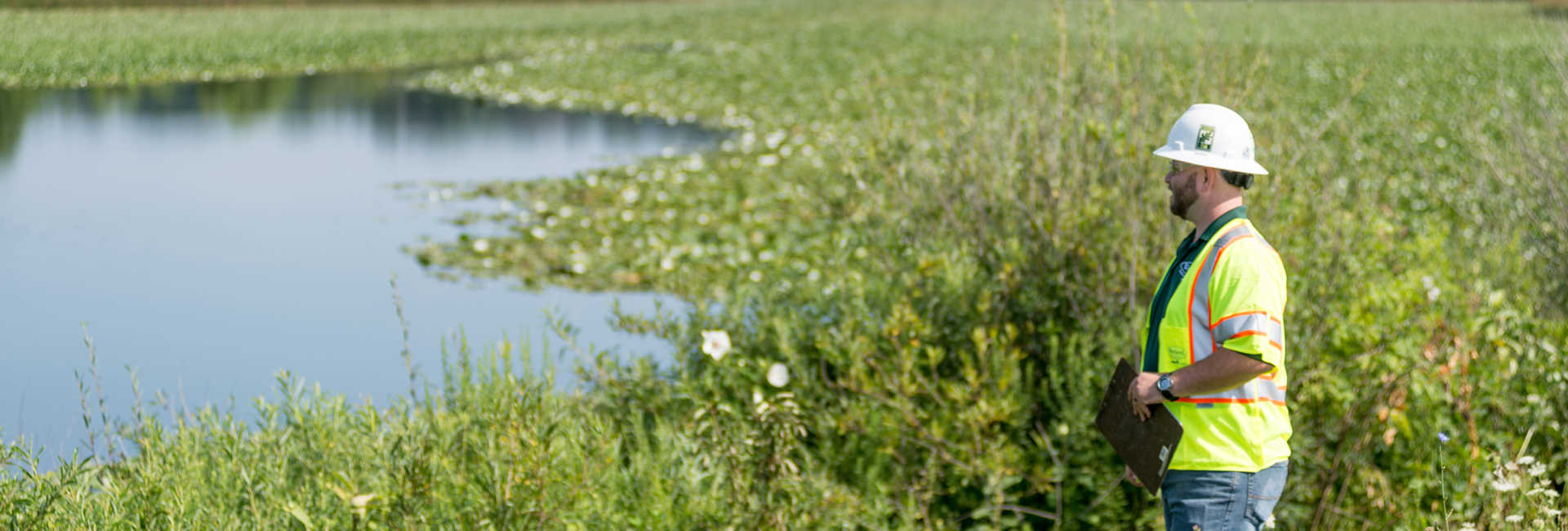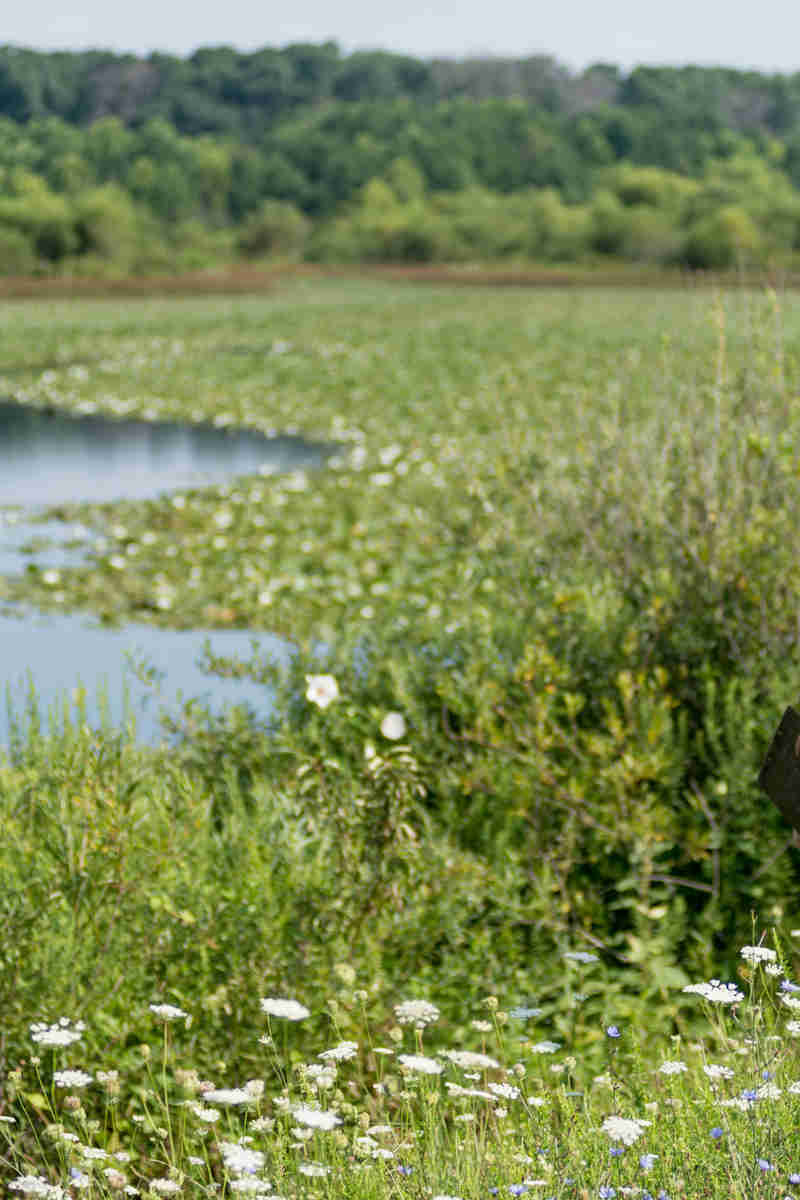The earth’s climate is changing. According to NASA, 19 of the hottest years since recordkeeping began in 1880 have occurred since 2000, with the exception of 1998. These drastic changes in temperature have affected natural ecosystems, causing changes in precipitation, sea levels, storm intensity, tree health, wildfires, and more.
For urban forestry and land development, the impacts of climate change can come in many forms – new or stricter environmental-focused regulations, changes to construction plans, planting plan adjustments, and more. We asked four Davey Resource Group (DRG) experts how the earth’s changing climate can affect their clients.
Carbon Benefits of Trees & Climate Resilient Species
Trees are green infrastructure that contributes to climate change resilience through carbon sequestration, stormwater absorption, and heat reduction from their canopies. Urban foresters, landscape designers, and other tree planters must be conscious of what the climate will look like in the decades to come to ensure the trees they plant have longevity.
Plant hardiness zones are changing over time because of climate change, and trees that once thrived in a certain climate may not be in the future.
“In 2030, [the Midwest’s] winters are expected to look more like those seen in Virginia now, and our summers will be like Missouri and Western Kentucky,” Tom Ludwig, senior landscape architect at Davey Resource Group (DRG), says. “By 2095, [the Midwest] will have the winters that North Carolina experiences now, and the hot humid summers of Arkansas.”
Planting trees now that will match the climate of the future can ensure that landscapes across the country are filled with thriving mature trees.
Much like landscape designers, urban foresters are combating climate change by thinking ahead and planting with a purpose. Rather than choosing what tree species looks best aesthetically, urban foresters are selecting species that require less maintenance or water and will thrive for a longer period of time.
“More people [in the Western region] are growing concerned about wildfire risks and drought,” Tina McKeand, principal consultant for DRG’s urban forestry services, says. “In addition, there is an increased focus on urban forestry and more awareness of the climate benefits of trees. It’s more important than ever to focus on planting the right tree in the right place.”
Trees aren’t the only tools landscape designers and urban foresters can use to combat climate change. Permeable pavements and other hardscape elements made from eco-friendly materials and planting plans that target the areas most in need can also be incorporated into urban forest and climate change action plans.
“Urban heat islands are going to get worse as the global temperature rises,” Ludwig adds, “We need to design strategies that minimize them.”
Stormwater Mitigation, Coastal Resiliency & Natural Resource Conservation
In addition to trees, land developers could also see how climate change impacts stormwater, protected natural areas, and coastal projects. With sea levels, temperatures, and precipitation rising over time, developers must be cognizant of how their projects impact neighbors and the surrounding environment.
Travis Crane, area manager in DRG’s civil engineering office, says stormwater has become top of mind to land developers. “Stormwater is being more regulated,” Crane says. “More neighbors are concerned about stormwater, making regulators more concerned as well.”
The push toward a conservation-oriented development also comes from state and federal regulatory bodies expanding their rules to ensure developers make as little impact on the natural environment as possible. Stormwater, wetland, and other protected resource regulations limit what project developers can build and where.
Crane says more permitting hurdles and an increased need for more sustainable infrastructure elements can cause housing and land prices to rise, making affordable housing and development concerns come to light.
Kim Williams, a senior associate consultant for DRG specializing in permitting and ecosystem services, says the importance of shoreline hardening and coastal resiliency projects may increase over time. More frequent rain events, more severe storms, and rising sea levels can speed up shoreline erosion, causing more sediment to wash into rivers, lakes, and streams. This can affect sensitive ecosystems for plants and animals and impact communities’ drinking water.
Sustainable Practices Ensure Project Longevity
New development projects both large and small require the entities involved to be future thinking. By carefully considering what’s in store for the future and incorporating practices that take climate change into account, developers and urban foresters can ensure their projects benefit the community over the course of their lifespan. For additional resources on how to approach climate change action plans, go to Davey’s climate change hub.



